Share stories, build bridges, create connections
The Story Exchange teaches young people social and emotional skills and improves wellbeing.
How
a Story
Exchange
works
Preparing
The facilitator guides participants through activities that focus on listening skills, empathy and storytelling.
Sharing
Participants share their stories with a partner and actively listen while their partner shares their story.
Retelling
The group gathers together and each participant retells their partner’s story in the first person.
Reflecting
Participants discuss how they feel and what they learned from the Story Exchange.

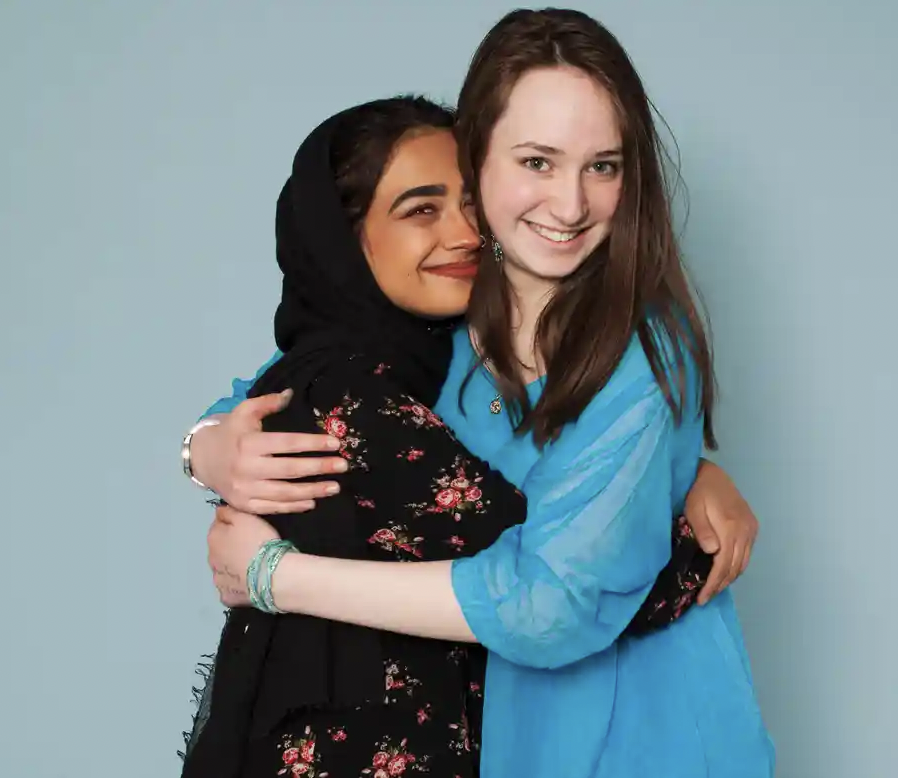
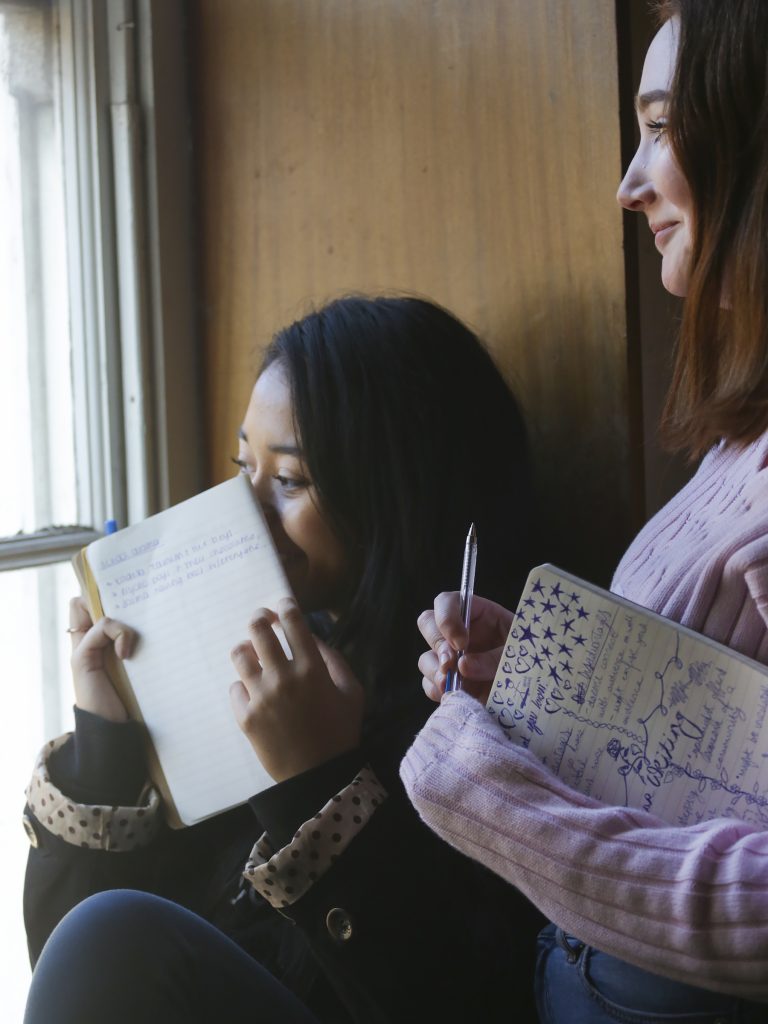
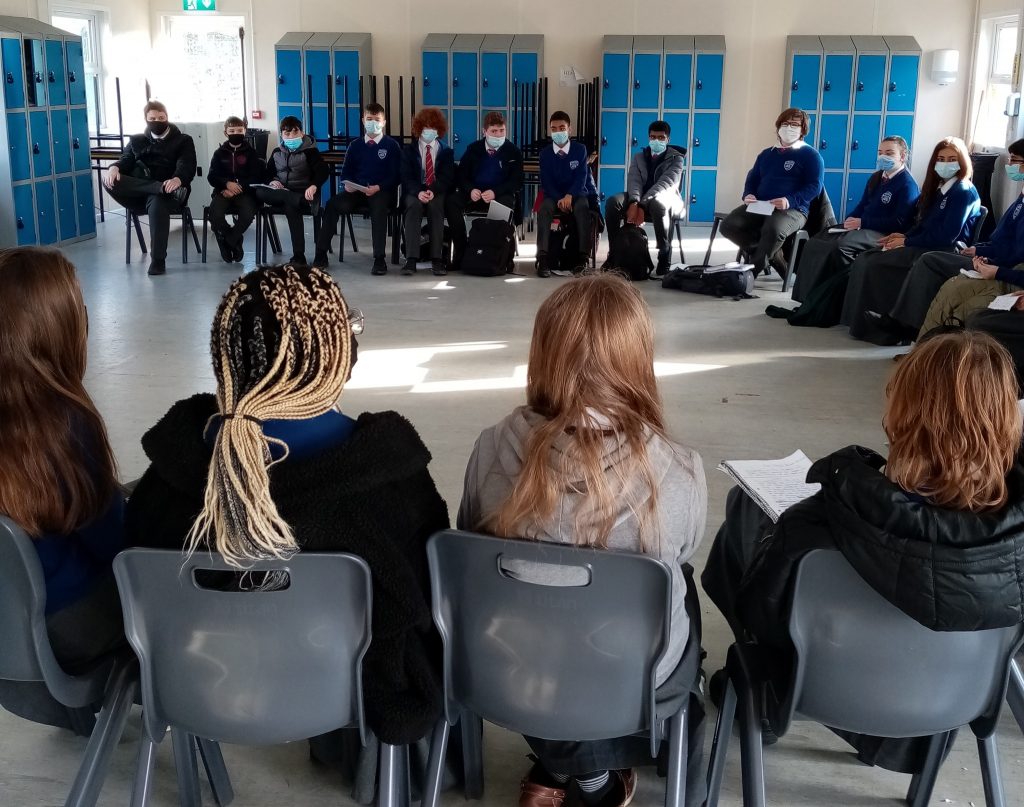
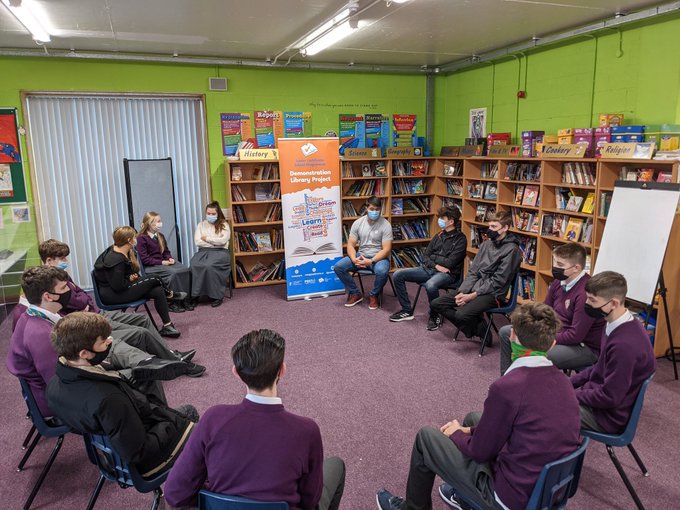
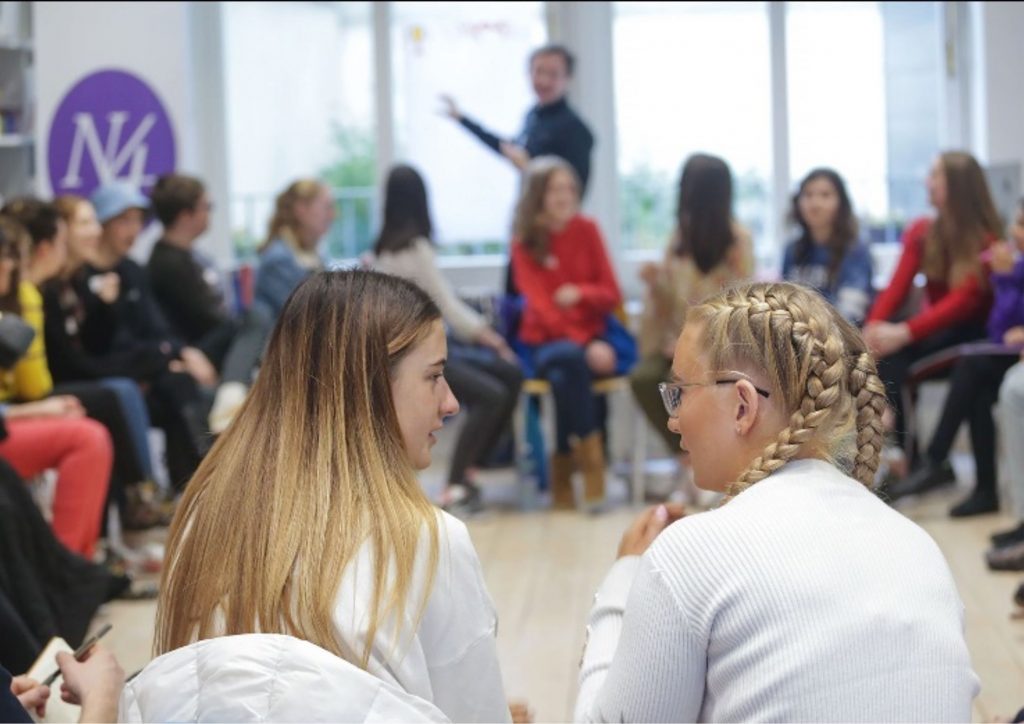
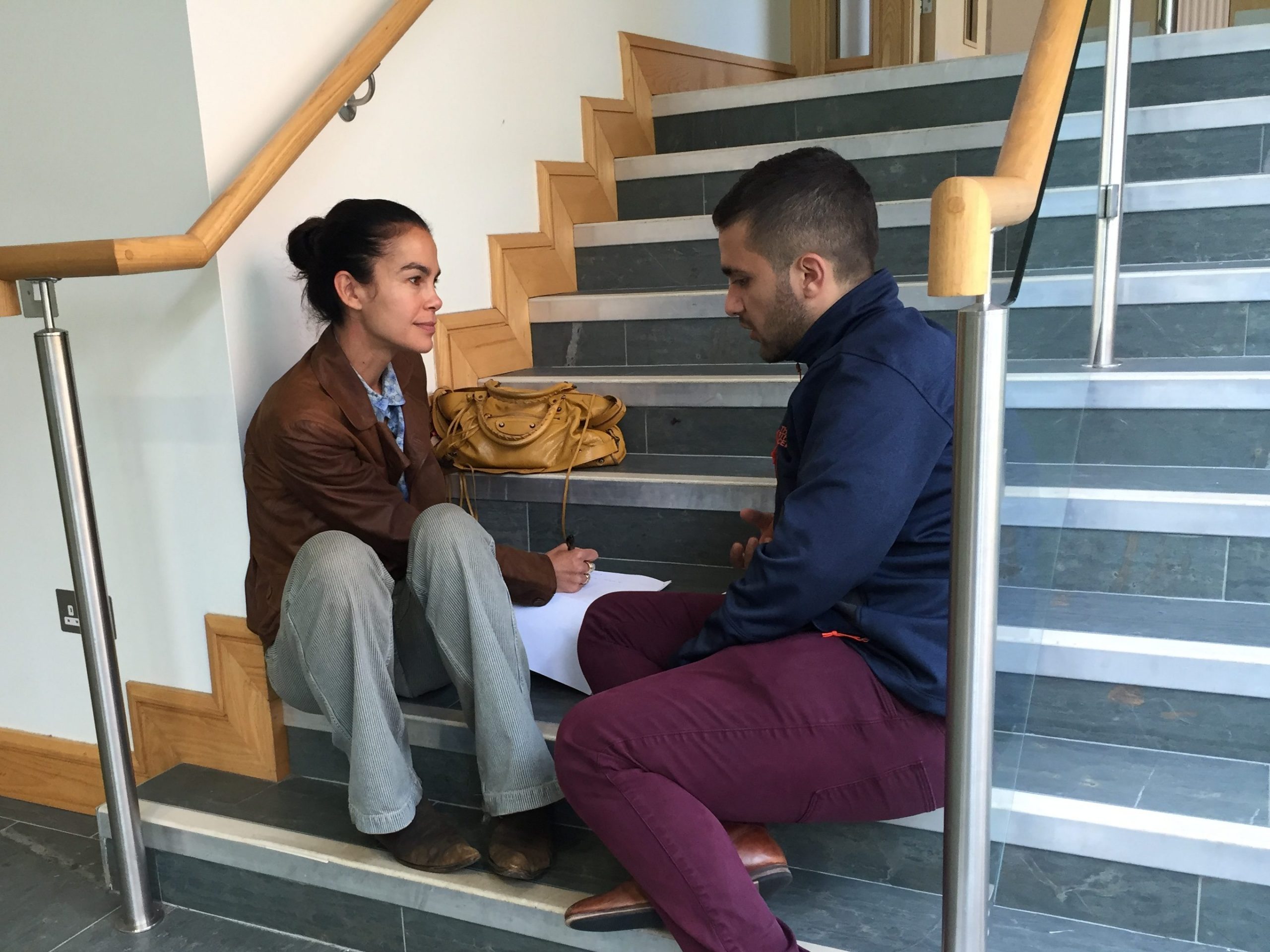
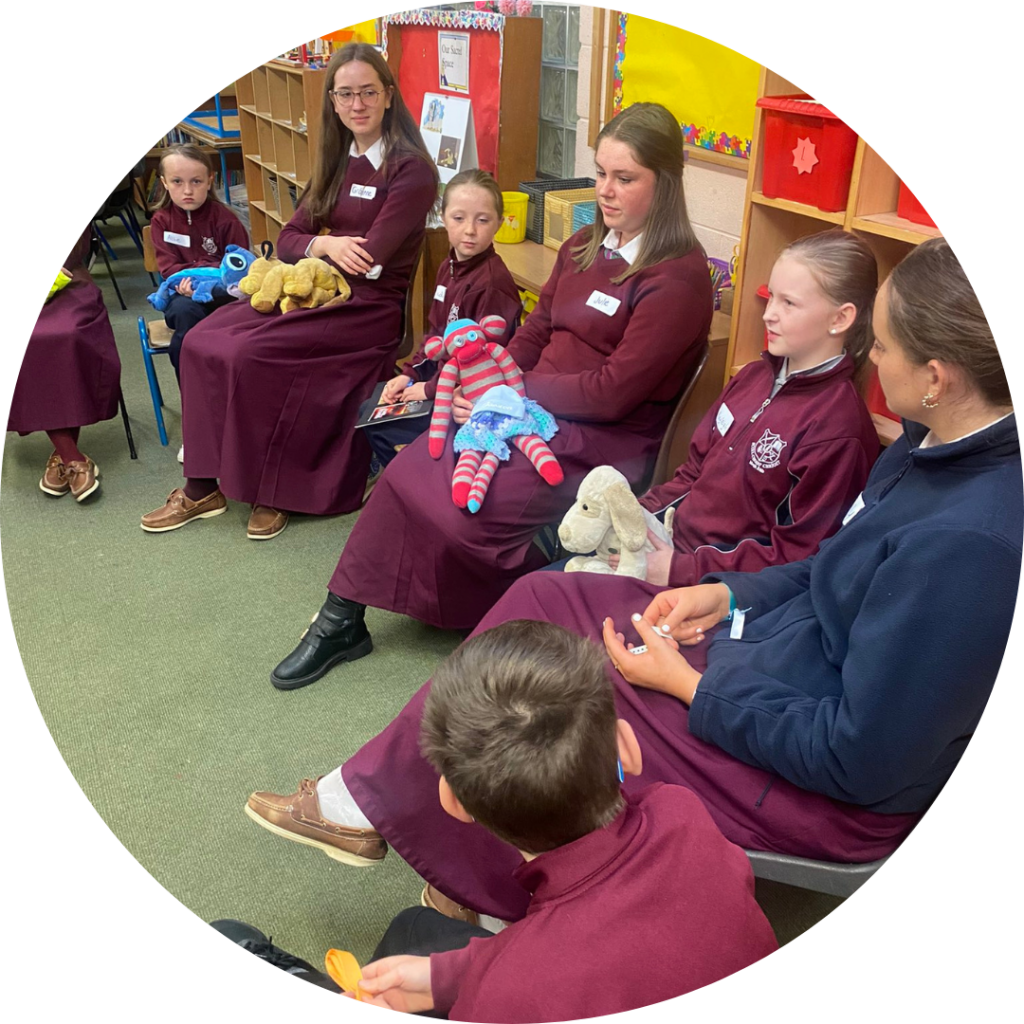
Our TY pupils participated in a Story Exchange with 4th Class pupils from a local primary school. Both groups really benefitted from the experience: the TY group engaged and empathised with the primary school pupils and their kindness really shone through. The primary school pupils realised that, despite the age gap, people have similar worries, concerns and life stories.
Rachel Real, Teacher, Laurel Hill Coláiste
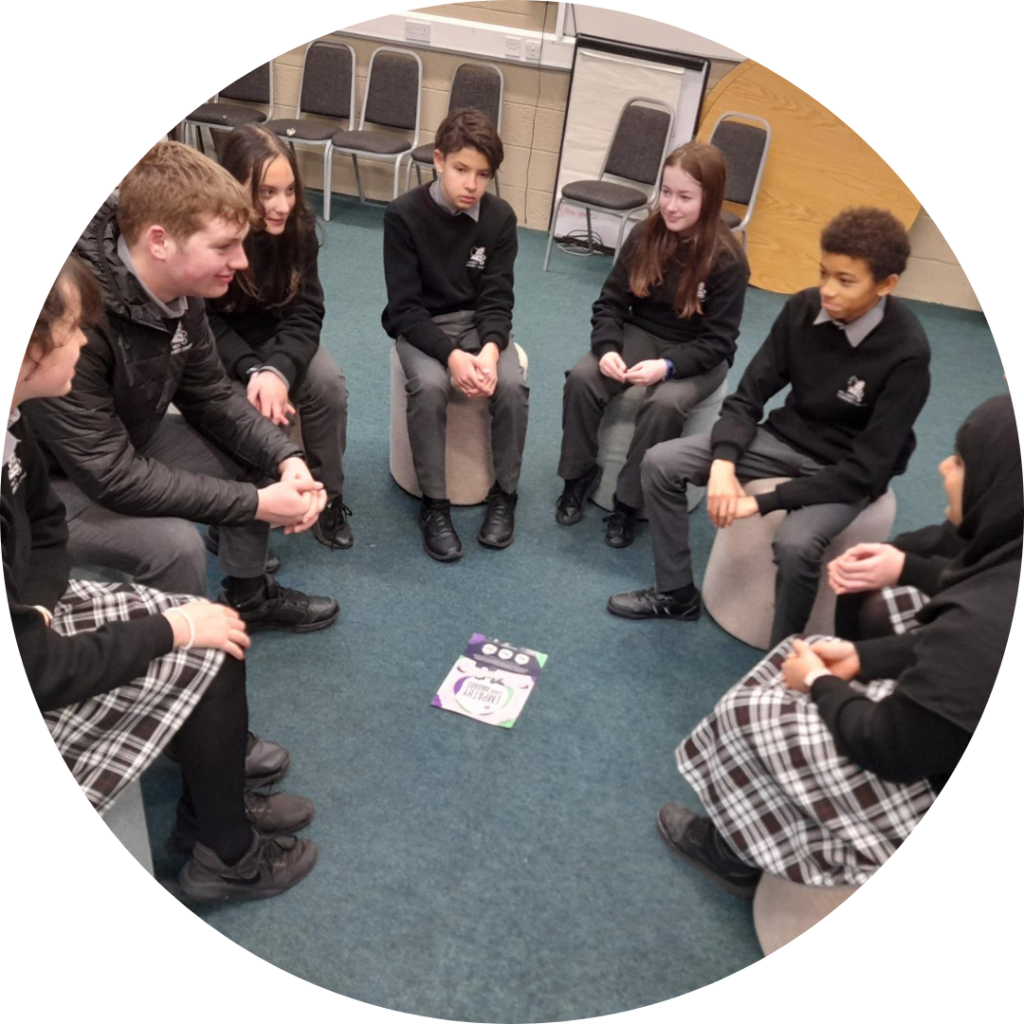
The power of story-telling in Killarney Community College through the Narrative 4 Programme has developed our circle work in order to promote empathy, kindness and deep listening to one another. It encourages curiosity for students in each other and in their different cultures and traditions and stimulates imagination and solidarity in meaningful discussions.
Niamh Mulligan, Guidance Counsellor, Killarney Community College.

Being able to bring the story exchange into my youth arts practice has opened up a new process of engagement and a way to bring people together to share an experience of connection. It is teaching me the value of leaning into difficult conversations.
Nathalie El Baba, Visual Artist and Community Facilitator
Evidence Based Programme
sa. Placerat magna sit elementum.
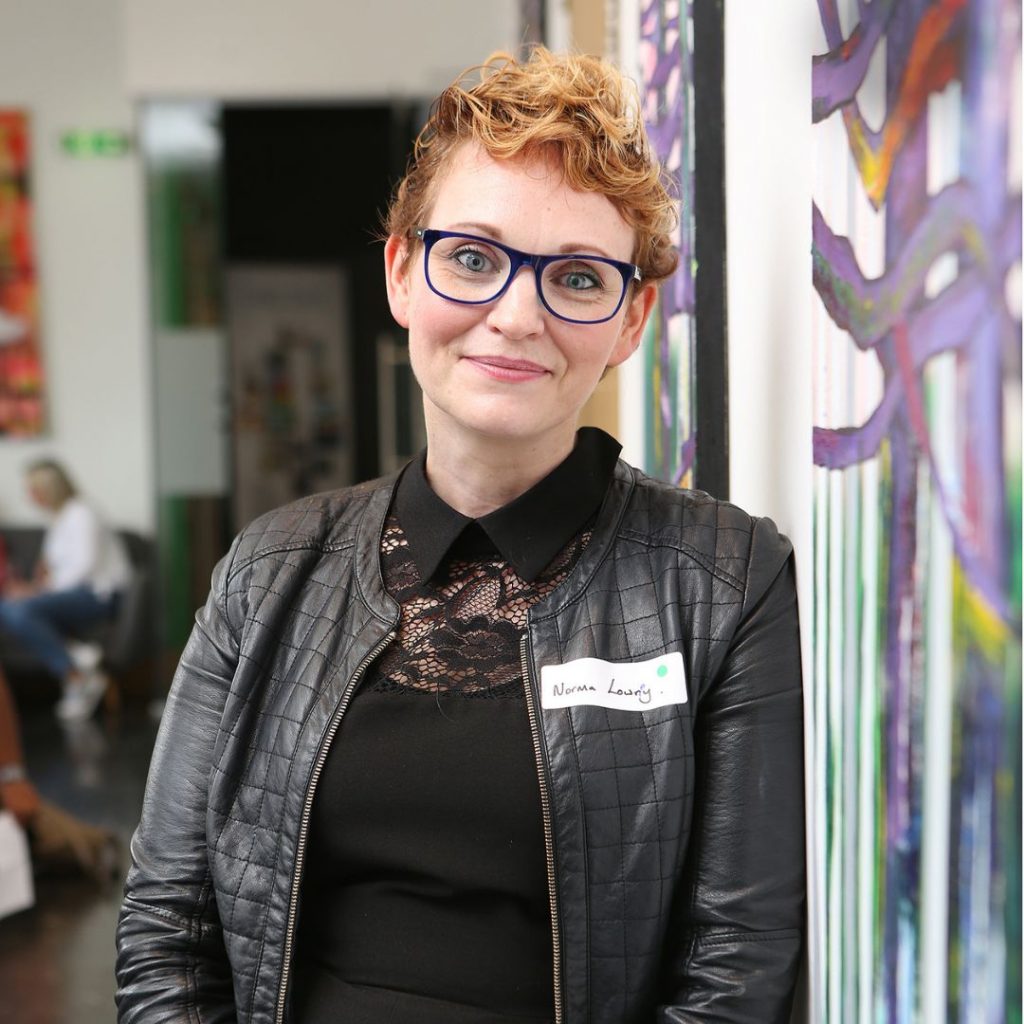
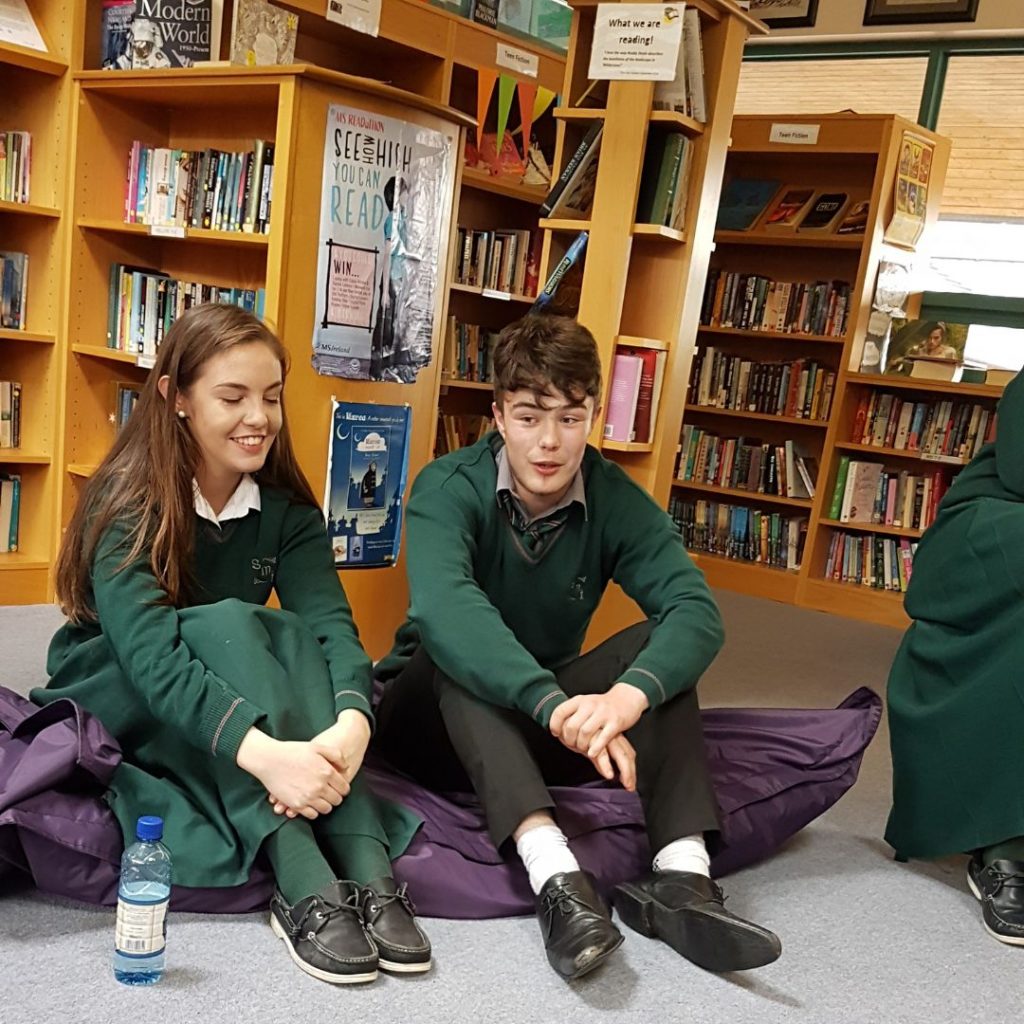
Storytelling can increase emotional intelligence, particularly empathy in youth.
Narrative 4 Ireland has teamed up with researchers from the University of Limerick to expand the evidence base around the Story Exchange. ”1
Story exchanges are improving positive emotions for students nationwide.
According to a nationwide survey by Yale University, high school students at N4 schools experienced an increase in all positive emotions more frequently than students elsewhere.2
Story exchanges can create more positive environments and compassionate leaders.
Researchers from the University of Chicago found that story exchanges can improve student relationships, creating more positive school and classroom environments, and a new generation of more empathic leaders.3
Story
exchange FAQs
How many students can take part in a Story Exchange?
A Story Exchange can be delivered with 6 students, or 30 students. The more participants, the longer the retelling of the stories. If you have a larger number of students, and some co-facilitators, you can split the group into breakout rooms with a facilitator in each room.
Can my school do an exchange with another school?
Yes! We recommend facilitating the Story Exchange in your own school or youth group first. Once you’ve been trained and have built up your experience, reach out to us to connect with a fellow educator in our global network.
How long is a typical Story Exchange programme?
A typical Story Exchange programme spans across 5 workshops consisting of 4 prep workshops (30-60 mins each), and the final Story Exchange workshop (90-100 mins, depending on the number of students). Some teachers split the final workshop into two parts. We provide lesson plans for all workshops, which are easy to follow and easy to implement.
Bring a Story
Exchange to your class
Train as a facilitator, and join the network of Narrative 4 schools around the world.
The Story Exchange is an evidence-based method
Everyone who experiences the Story Exchange speaks about a strong sense of connection, but what does the research say?